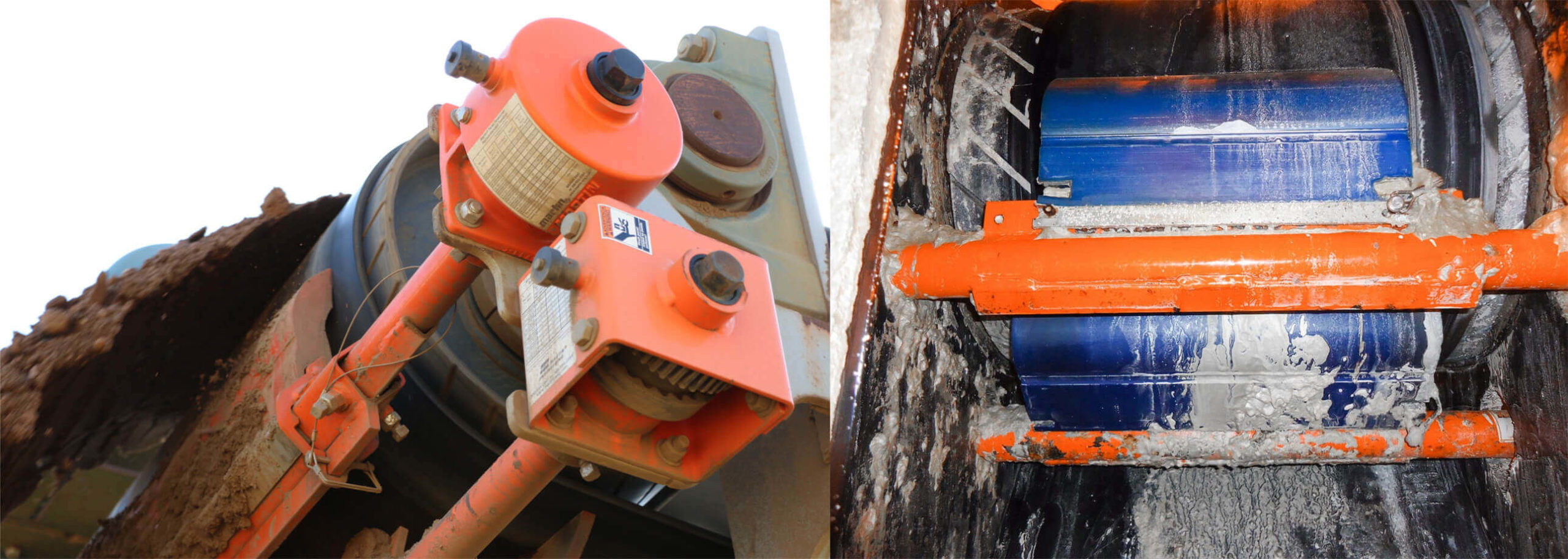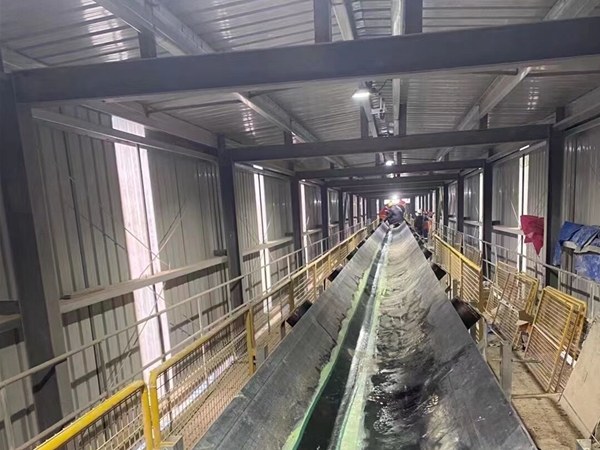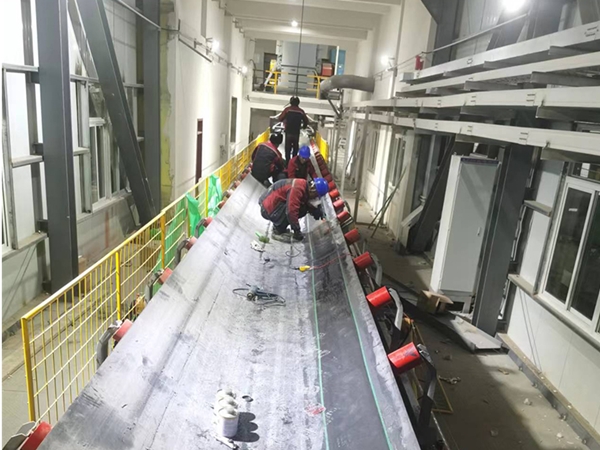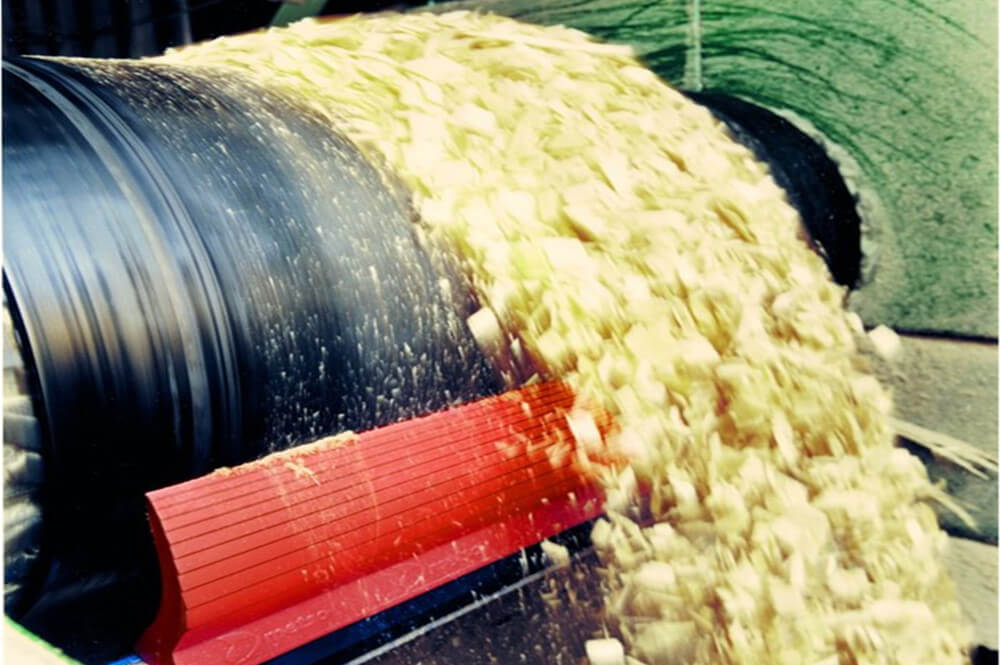The conveyor belt is a product that makes its way through the descending point and runs back along the bottom of the conveyor belt. The conveying capacity of the conveyor belt depends on many factors, including the type of product, whether it is iron ore, coal or aggregate; the way the belt is guided; and even the climate or environment around the application. Regardless of the cause, the goal is always the same-to recycle the carried product before it causes harm and causes loss of productivity.
When the harness leaves, it must go somewhere; this place is usually the ground, creating a lot of products. This is not only a major site hazard, but it can also cause clean-up work, leading to unexpected site shutdowns.
No matter what the product is, it is inevitable to carry it on a conveyor belt, but if you install the right equipment, avoiding this is usually no problem. Some websites lose nearly a ton of products due to returns every day, and restoring the lost products seems to be an obvious solution to increase productivity and revenue. However, choosing the right equipment to solve the carrying problem is not always as simple as “one product is suitable for everyone”. Below we list the best ways to avoid backing.
1. Choose a conveyor belt cleaner
The choice of combat equipment can vary according to the application. Although some options are more economically viable, they may not achieve the desired results in a heavy-duty environment. Belt cleaning tools include pre-cleaner, secondary cleaner, spray bar and cleaning box. Each method is effectively used for different purposes; however, on their own, they cannot always eliminate the back as a whole and may leave a gap in your defense.
2. Pre-cleaner and secondary belt cleaner
The pre-scraper (also called belt scraper) is designed to scrape the material on the conveyor belt with a tungsten carbide scraper or a polyurethane scraper, and is usually installed on the head wheel. The design of the pre-cleaner can scrape 60%-70% of the material, usually to remove larger debris. However, when the material is sticky, there is a humid climate, or there are not enough room pre-cleaners at all, more help is needed to clean the belt. In this case, many people will choose to hire second-level or even third-level cleaners.
However, we can imagine that you want to clean more than 70% of backpacks…
The secondary belt cleaner is a belt cleaner used to scrape away the material left on the belt except the head wheel. The secondary cleaner is located where the belt leaves the head pulley, and any other necessary places under the belt line. The secondary cleaning machine is particularly good at removing fine particles. In some cases, the cleaning efficiency can be increased to more than 90%. However, if you are using extremely viscous materials, or an abrasive or corrosive environment, you may need a stronger solution.
3. Add water
Spray wands (also called spray wands) are often used with secondary cleaners to provide another protection against stubborn backpacks. Adding water to this equation can help break down or collect the remaining carryable items so they can be easily cleaned off the belt.
The disadvantages of water include: uncontrolled material movement, spillage, and material degradation. Such problems can lead to downtime and cleaning costs, equipment damage, and corrosion of conveyor structures and components.
However, a well-thought-out water management project can usually offset these negative effects. A plan that combines the reclaimed water system with runoff control will eliminate these problems. In addition to the water management system, investing in a spray wand with a maximum inlet pressure of 145 PSI will provide you with a perfect balance, enough water to clean your belt, and avoid nasty problems such as material degradation. When a standard cleaning system fails to work, allowing your site to incorporate a water-based cleaning system is usually a component of cleaning efficiency.
4. The ultimate cleaning system
In some cases, the pre-cleaner, secondary cleanser, or spray bar will not cut when trying to remove the adhesive. Adding a cleaning box to your conveyor belt allows you to hardly need to carry it, even in the most difficult applications.
The cleaning box is a fully enclosed system, including a belt cleaner and spray bar. The spray rod flushing material pans out of the drain door from the bottom, completely containing waste water. In this way, you get a waste water management system and a clean belt in one package.





